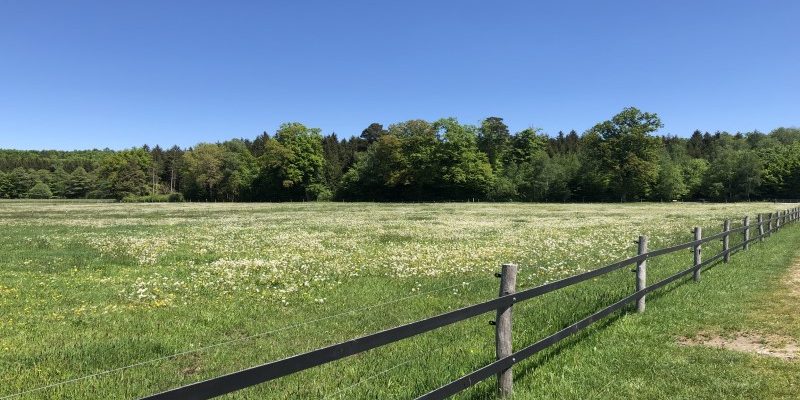In light of increased environmental destruction, resource scarcity and increased waste production the concept of circular economy (CE) has gained increasing attention. It is the main goal of CE to re-form the dominant linear value chains into a circular economic system. By applying sustainable product design, closing resource loops, implementing service solutions or circularity along their supply chain businesses can move towards circular business models. The figure below depicts a principle model for a CE where raw materials are only added for manufacturing and re-manufacturing of products or components already in the system. These have been recycled or re-used by the consumer maybe several times already. Waste is almost non-existent and leaves the system as residual waste if not further used.

Facing environmental, social and economic challenges ISO decided to establish a Technical Committee 323 on Circular Economy in order to develop Standardization in the field of Circular Economy[2]. Its aim is to develop standards that serve the development of a CE. The committee intends to produce a set of internationally agreed principles, terminology, a framework of what a circular economy is, and develop a management system standard. It will also work on alternative business models and method for measuring and assessing circularity (see also the DFGE Blog on Sustainable Business Models).
The international interest seems to be great. ISO / TC 323 circular economy currently consists of experts from over 65 countries. The template is the French standard XP X30-901: In a seminar organized by AFNOR, the ISO member for France, business leaders from many industries expressed the need to move from a linear to a circular economy model. As a result, AFNOR developed the first technical standard for a project management system for circular economy, XP X30-901. It contains a 3 x 7 matrix that covers the three dimensions of sustainable development – environment, economy, society – and the seven fields of action of the CE: sustainable procurement, eco-design, industrial symbiosis, economic efficiency of functionality, responsible consumption, extension of service life, effective Management of materials or products at the end of their life.[3]
The DFGE can support you in many steps on the way to a sustainable or even circular business model. With regard to product design the DFGE can support you in evaluating the environmental impact of a product. Additionally, the DFGE can support you in estimating comparative emissions: what is the emission impact of your conventional product in comparison to a redesigned product. As a long standing CDP Partner the DFGE can, of course, also support you if you wish to join the companies disclosing with CDP, check your gaps and improve your rating. If you have further questions, please contact us via or by phone at +49 8192-99733-20.
To learn more you are welcome to download our comprehensive White Paper called “Closed-loop value chains: how to move towards a circular business model“.
[1] Circular economy, 2019-04-11, https://www.urbaser.co.uk/circular-economy
[2] https://circulareconomy.europa.eu/platform/en/news-and-events/all-news/iso-tc323-connects-dots-circular-economy
[3] https://www.qm-aktuell.de/iso-standard-kreislaufwirtschaft-in-arbeit/








